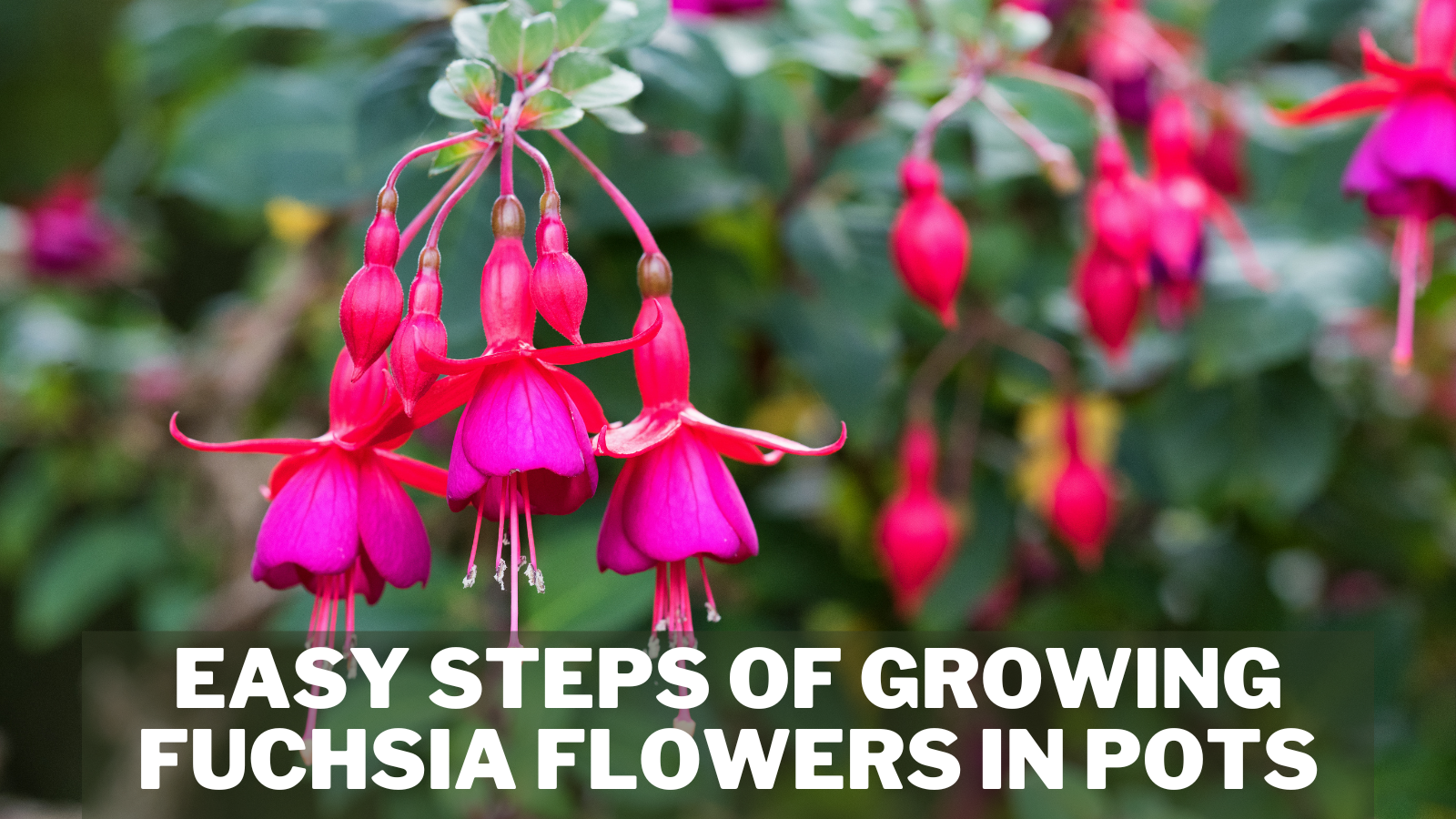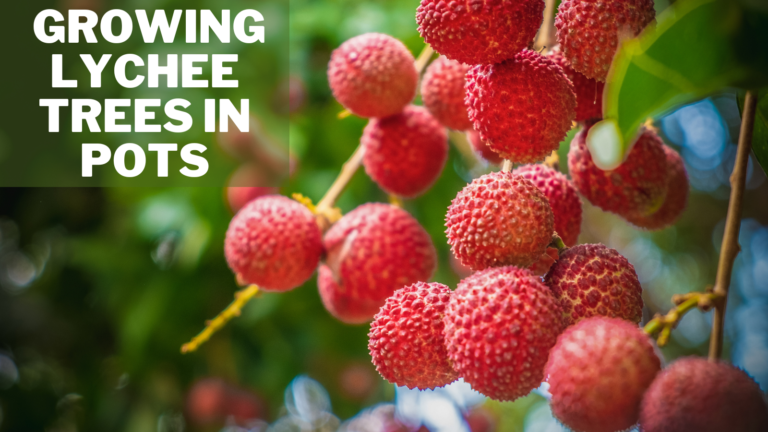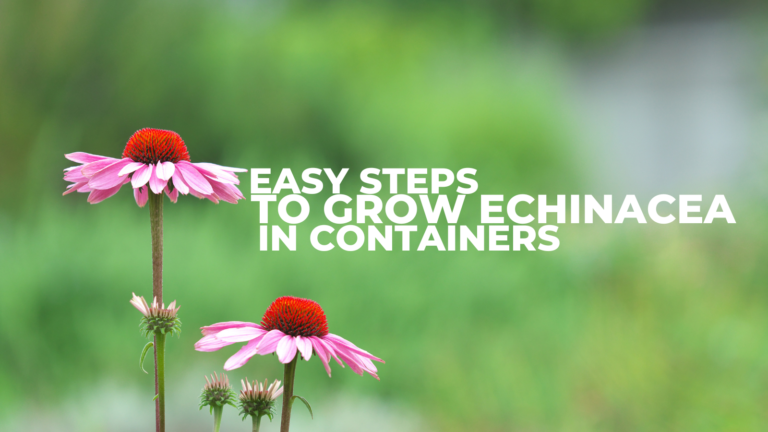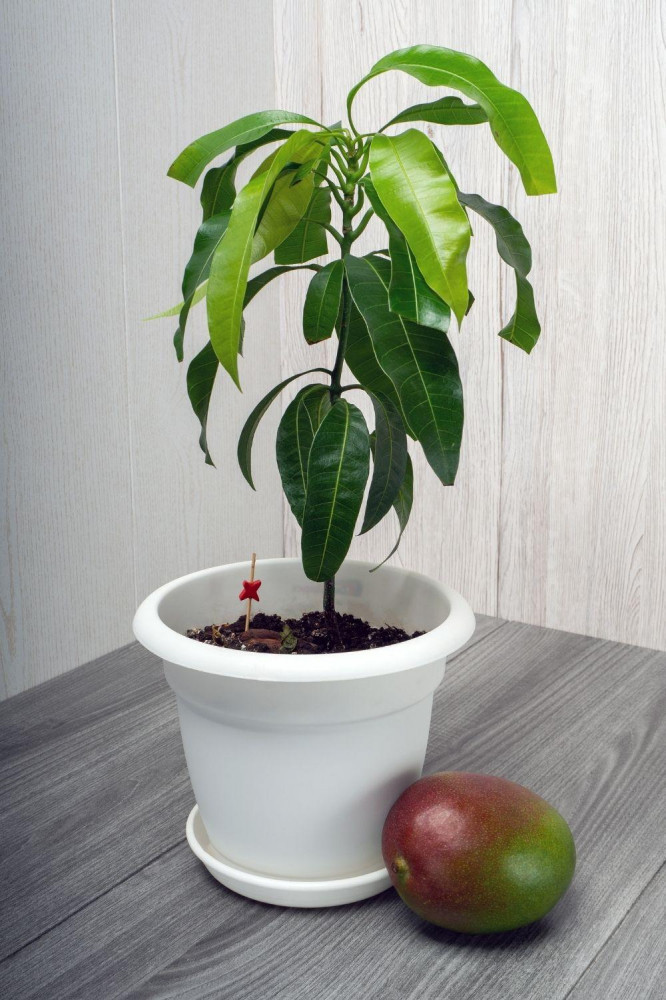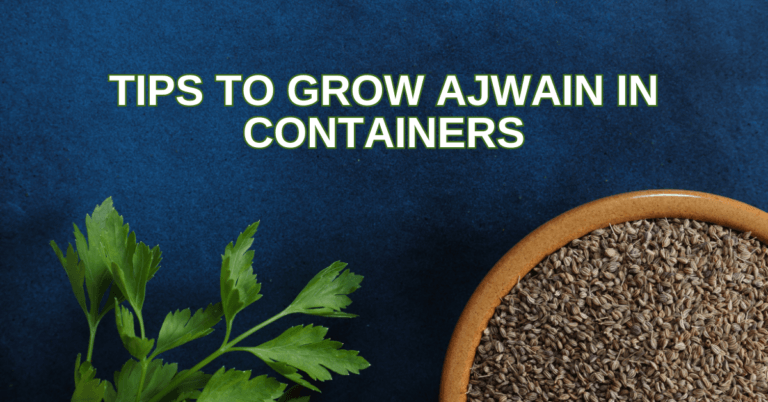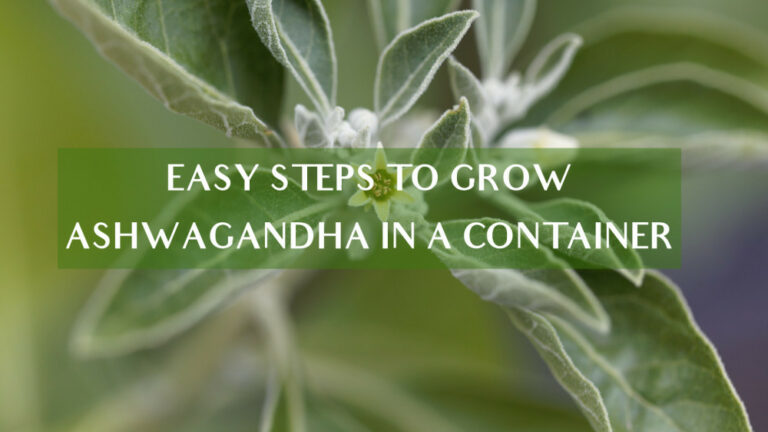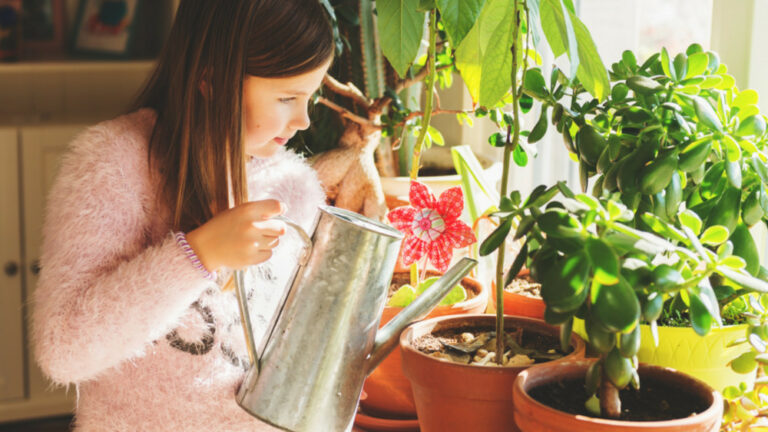5 Easy Steps Of Growing Fuchsia Flowers In Pots
5 Easy Steps Of Growing Fuchsia Flowers In Pots
Fuchsias produce dozens of brightly coloured dangling, teardrop-shaped, single or double flowers from trailing stems from spring through fall, and they do so in shaded conditions where most plants struggle.
Fuchsias are a fantastic mainstay for hanging baskets, with their gorgeous, drooping petals hanging down like so many crystals on a fine chandelier.
Wait until the weather is continuously above 50 degrees Fahrenheit all night before planting a fuchsia in outdoor planters or the garden—these plants are susceptible to cold. They grow at a modest rate of one to two feet per year.
Hummingbirds' attraction to fuchsia is an attractive bonus of growing them; build a hanging basket packed with fuchsia and keep an eye out for hummingbirds.

History Of Fuchsia
To enjoy and comprehend the culture of Fuchsias, we must first understand where they come from. Near 1693, Father Plumier, a French missionary and botanist, discovered a shrub with vibrant orange blossoms in Santa Domingo.
Father Plumier provided information on this new plant in 1703 under the name FUCHSIA TRIPHYLLIA Flora COCCINEA (Three leafed flowering plant with red berries.)
From 1768 to 1840, new species were brought from Brazil, Peru, Chile, Mexico, New Zealand, and other Central and South American countries.
The first Fuchsia crosses were recorded in 1825. 1840 Venus Victrix cultivated from seed. It contains a white tube and sepals and a purple corolla. Growers began to cross this plant with other plants.
The story introduced the first double fuchsia in England in 1850.
1869-1880 Before 1850, England led the world, but Belgium and Germany were now making contributions. Gartenmister Bonstedt is an example.
During World War I, fuchsia cultivation was halted so that food could be cultivated. Around 1929, it took America to rekindle interest in growing Fuchsias.
Before 1854, Mexican settlers and Padres transported plants into California, as evidenced by the display of 12 Fuchsias at a flower fair in San Francisco.
The American Fuchsia Society was founded in 1929. In 1930, 57 European Fuchsias were imported to California; 48 survived and were made accessible to members of the American Fuchsia Society.
Hybrid Cascade was created in 1937, ushering in a new era of Fuchsia hybridization in California. All starters are Evans, Garrison, Hazard, Niederholzer, Reiter, Tiret, Waltz, Walker, and Schnable. The British Fuchsia Society was founded in 1938.
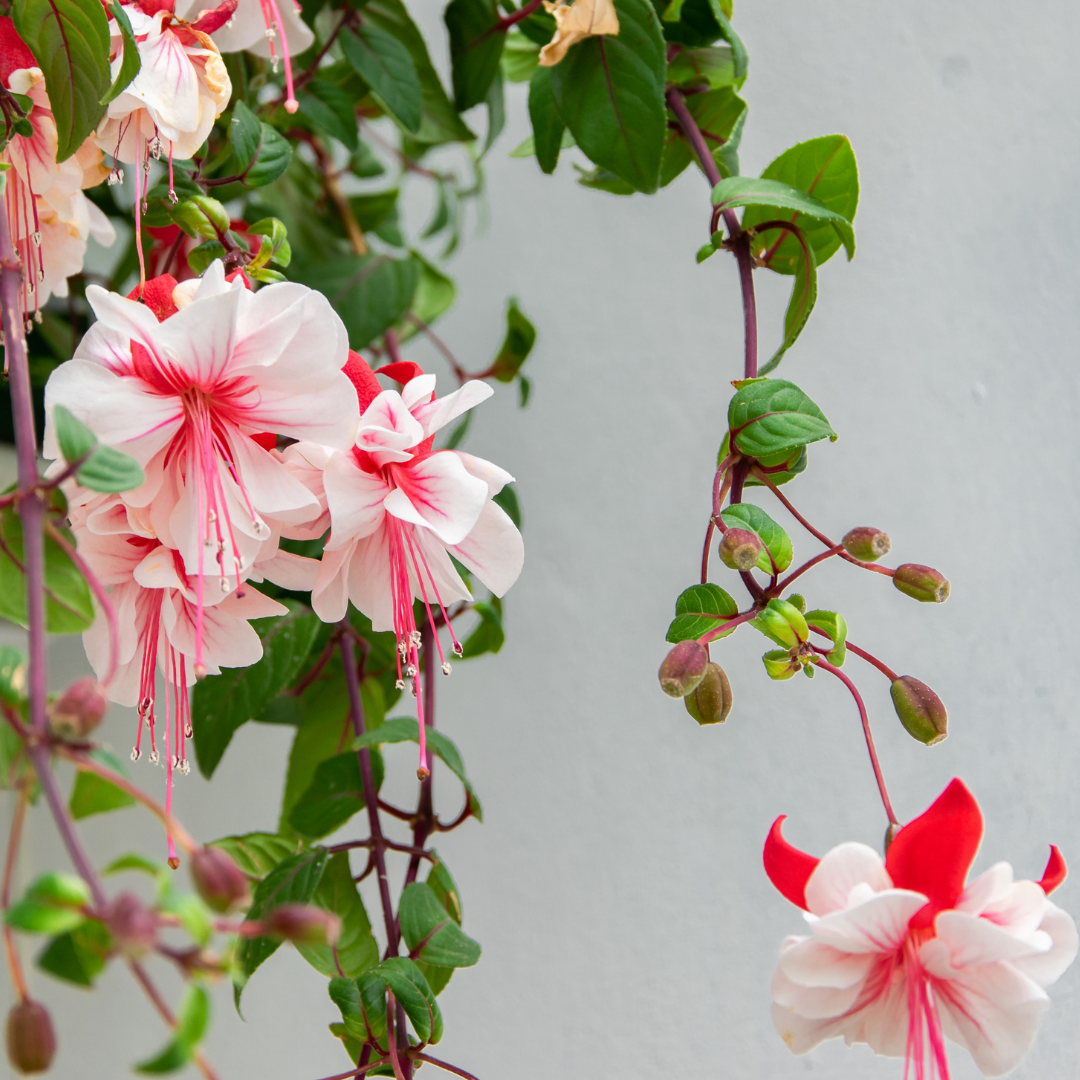
Fuchsia Colours
Fuchsia plants come in various colours, with delicate flowers in lavender, white, red, pink, and yellow. The blossoms dangle like diamonds from the plant's arching and trailing stems, making them ideal for hanging baskets and containers. These plants can also grow in the ground and be utilized as a ground cover if you live in the right climate.
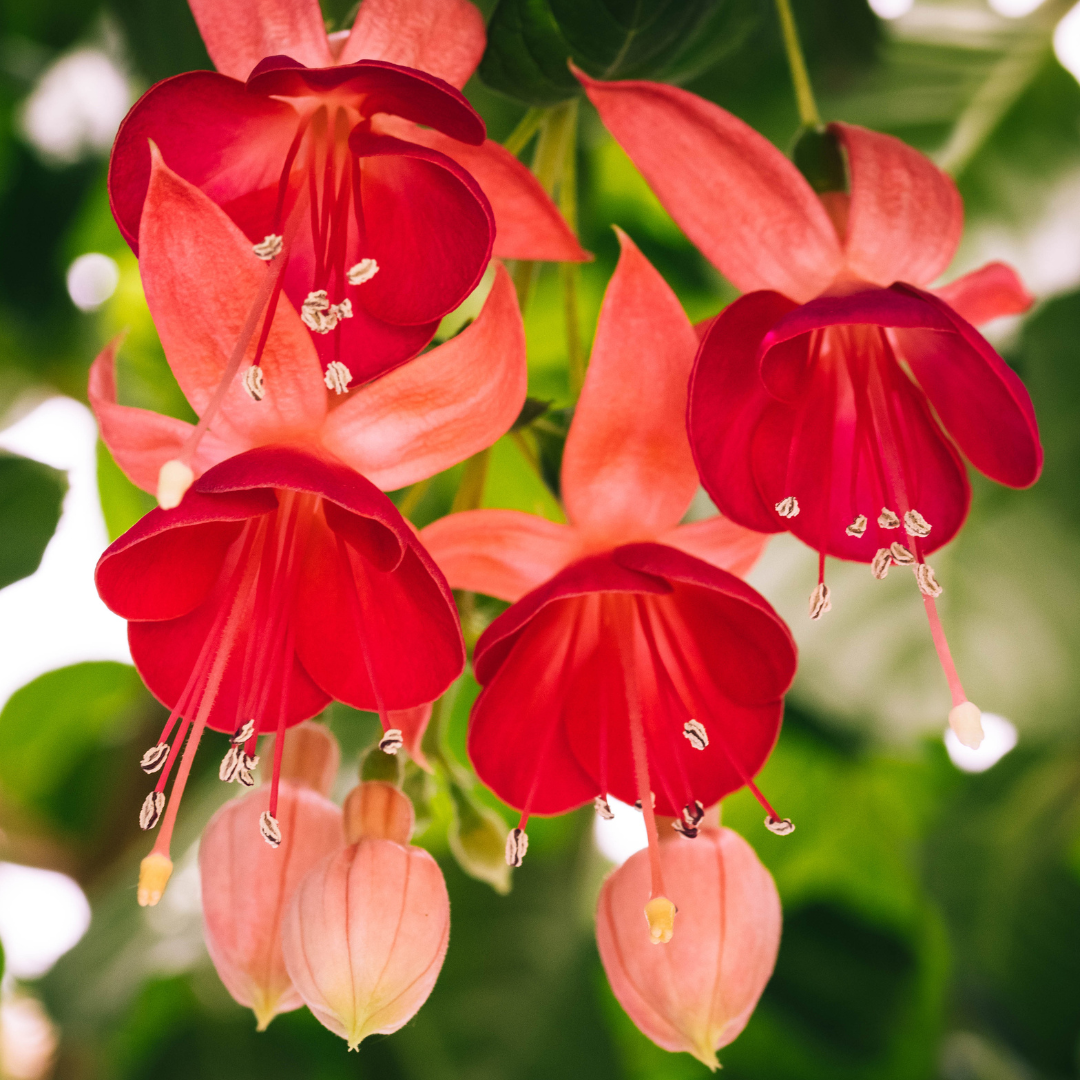
Fuchsia Flower Habitat
Most fuchsia species are indigenous to tropical forest regions such as Central and South America. There are a few kinds found in New Zealand and Tahiti as well. They thrive in cool summers with frost-free areas and can be found in the United Kingdom, Northern California, and the Pacific Northwest. Fuchsias are generally maintained as potted plants or annuals in colder areas and can be stored dormant over the winter months.

Types of Fuchsia Plants
Fuchsia flowers are one of the most popular garden plants, with over 100 distinct species and thousands of produced variations to select from. Fuchsia plants are selected for their lovely blossoms. Their colours are often rich and brilliant, and they make an excellent focal point for any garden because they bloom from spring until early fall.
They often produce flowers in a range of pink, purple, or white hues, with a single or double pair of blossoms. Several trailing fuchsias are great for border walls. Before planting fuchsia flowers in pots, you should find the best variety for your zone.

1. Hardy Fuchsia
This award-winning fuchsia is a medium-sized shrub with small, beautiful leaves that resemble gold and shimmer in the sunlight. It will bloom from July till the first frost of winter. The sturdy fuchsia's foliage is almost as gorgeous as the blooms.
It can reach a height of 2-3 feet and thrives in full sun or a few hours of shade. Fuchsias that are hardy are ideal for border walls, cottage gardens, and coastal gardens.
To keep it strong year after year, trim back any stems from the previous year's flowers. They will thrive in hardiness zones 7-10 and grow well in sandy or clay soil.

2. Tree Fuchsia
This flashy fuchsia is rare, but it's worth mentioning because of its lovely pink, stringy blooms that look like exotic coral. The blossoms begin tiny and lilac in colour before exploding into hot pink. It appears to be a flower sparkler. Many fuchsia plants are hybrids, but the tree fuchsia is a genuine species. It only thrives in zones 9-10.

3. Swingtime Fuchsia
It's ideal for hanging baskets. Swingtime fuchsias have lovely white petals with traces of a faint scarlet that contrasts wonderfully with a darker red sub-petal.
This hanging fuchsia blooms up and down its stem. However, the most beautiful and largest blossoms are at the stem's tip. They thrive in damp soil and grow best in full sun or partial shade. They can be brought inside for the winter and cared for, then returned outside in mid-spring. They thrive in hot climates and grow best in zones 8-11.

4. Boliviana Fuchsia
This hybrid species is a true treat in the yard, and its flowers can't help but make you think of the coast. Gardeners like it because it blooms swiftly, and its blooms continue to expand from summer to mid-fall.
It is also a favourite of hummingbirds and has a very faint aroma. It is properly classified as a shrub and grows best in USDA zones 9-11. Some of them are even edible.

5. Lady In Black Fuchsia
Gardeners rely on fuchsias' trailing nature to flow over containers and thrill in hanging baskets, but ‘Lady in Black' fills a new niche in the fuchsia world.
The half-hardy plants can grow up to 6 feet in one season and produce hundreds of flowers at once over the long blooming season. Because ‘Lady in Black' climbs via twining tendrils, provide it with a trellis or fence made of fine wires or mesh to which the vines can cling.USDA Growing Zones: 8–11.

6. Fulgens Fuchsia
It is known as the “bright fuchsia” because of its magnificent hanging red or pink blossoms, and it will linger in full bloom for much of the year before producing edible fruit. It grows to be around 4-5 feet tall and thrives only in zones 10-11.

7. Paniculata Fuchsia
Paniculate fuchsia is another pure species that makes an excellent garden plant. The sheer exuberance of this plant in bloom is enthralling, as its vivid pink blooms and attractive berries are produced on tall shrubs that can live for 20 years under ideal conditions. It necessitates moderate, frost-free conditions and acidic soil rich in organic matter. This fuchsia cultivar is suitable for training as a tree because of its slow-to-medium growth tendency. USDA Growing Zones: 9–11

8. Dollar Princess Fuchsia
Gardeners like these fuchsias because they grow well in both the sun and the shade. They feature unusual red and purple blossoms and a highly exotic appearance. Gardeners also appreciate them because they can withstand the winter season in a raised bed. It is a shrub with wood-like branches that produces gorgeous dangling blooms. It grows well in zones 2-11, making it an excellent choice for gardeners in practically any environment.
5 Easy Steps Of Growing Fuchsia Flowers In Pots

Step 1: Containers For Potted Fuchsias
Shaded patios and balconies are great for growing Fuchsia plants. These areas must get some light, but it is also critical that your Fuchsia plants have some shadow. Some people grow hanging variants of these plants, which are strung from the rafters of lath buildings.
The containers for your potted Fuchsia plants are one of the first things you should consider. A large enough pot is required for your potted Fuchsia to thrive. Consider containers more significant than 10 inches in diameter: anything smaller than a 10-inch pot is too tiny for this plant.
If these enormous pots are not an option, 8-inch pots for lesser varieties of Fuchsia plants are a choice. Again, 10 inches or larger pots are ideal, but an 8-inch pot can produce lesser kinds.
Growing In Hanging Pots: If you want to plant your Fuchsias in hanging pots, water them daily during the growing season. You should also feed your Fuchsia plants with liquid manure every 10 days.
This is required since potted plants have limited soil capacity yet grow quickly. It is required to apply some manure for them to thrive and receive all of the necessary nutrients.
Those who grow their Fuchsia plants in hanging pots should clip the shoots. Continue doing so until the buds develop. Pinching is necessary since it encourages branching in your plants. Similarly, remove all faded flowers and berries to extend your plant's blooming time.
Also, if possible, use glazed clay containers rather than porous ones. Some people who live in warm climates have found that moss-lined wire baskets work well instead of traditional pots. However, they do not always function completely. Thus, clay pots are still the most common container for your hanging Fuchsias.
Another short note: if you want to plant Fuchsias in hanging pots, only do so for two years before renewing.
Step 2: Temperature And Humidity
Fuchsias thrive in temperatures ranging from 55 to 80 degrees Fahrenheit, while some heat-tolerant varieties will bloom in temperatures as high as 90 degrees Fahrenheit. There are also a few shrub-like kinds that can withstand cold temperatures.
Fuchsias prefer humidity, so if you live in a dry area, you may need to spritz your plants to keep them moist. Keeping these plants happy indoors during the winter can be difficult because you'll need to run a humidifier to keep the environment from becoming too dry.
Step 3: Propagating
Fuchsia plants can be propagated most easily by taking stem cuttings in the spring.
- Remove a 2 to 4-inch section of the stem tip immediately above the third pair of leaves.
- Remove the bottom leaves and dip the cutting's end in a rooting hormone.
- Plant the cutting in a tray or pot filled with a seed-starter mix of sand, perlite, and peat moss.
- Place the pot in a warm location and cover it with loose, clear plastic.
- Roots should appear in three to four weeks when you can remove the cover.
- When new leaf growth appears on the cutting, re-pot the fuchsia in a larger container and transplant it outside.
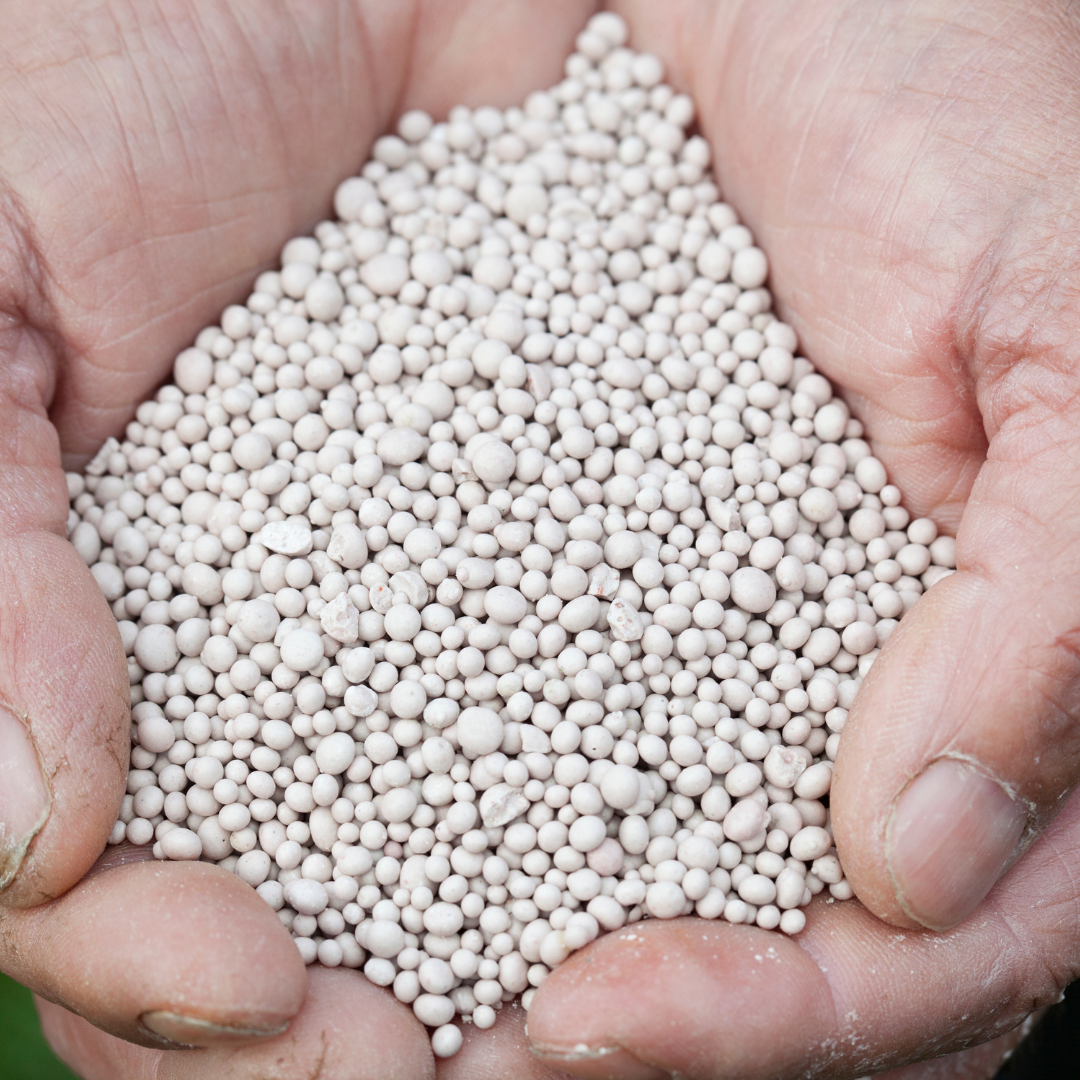
Step 4: Fertilizer
Fertilize with a 10-10-10 liquid fertilizer every two weeks (if you have a 20-20-20, mix it half strength.) Check to see if water is getting to the roots and if the leaves start turning yellow. Fuchsias grow quickly and require fertilizer frequently.

Step 5: Potting And Repotting
Fuchsias look gorgeous in a container, but they also look great when combined with complementary or contrasting hues. They go well with oxalis, angel wing begonias, lobelia, and coleus.
Depending on the size of the plant, choose a 12- to 16-inch pot. You'll need a larger container than the one it was in at the nursery. Alternatively, if you're merging smaller plants into a single container, two or three specimen plants from four-inch pots can survive well in a 10- or 12-inch pot. Here are some repotting tips for fuchsia:
- Fuchsia, susceptible to root rot, requires fast-draining potting soil and excellent drainage, ensuring that containers have appropriate drainage holes and that the potting medium drains effectively.
- Cover the holes with plastic screening before filling the container with soil to avoid losing soil through drainage holes when watering.
- Allow space between the container's top and the soil line. Don't fill the pot to the top with soil.

Growing Fuchsias In Hanging Pots
If you choose to grow your Fuchsias in hanging pots, water them daily during the growing season. You should also feed your Fuchsia plants with liquid manure every 10 days. This is required since potted plants have limited soil capacity yet grow quickly. It is required to apply some manure for them to thrive and receive all of the necessary nutrients.
Those who grow their Fuchsia plants in hanging pots should clip the shoots. Continue doing so until the buds develop. Pinching is necessary since it encourages branching in your plants. Similarly, you should remove all faded flowers and develop berries to extend your plant's blooming time.
Also, if possible, use glazed clay containers rather than porous ones. Some people who live in warm climates have found that moss-lined wire baskets work well instead of traditional pots. However, they do not always function completely thus clay pots are still the most common sort of container for your hanging Fuchsias.
Another short note: if you want to plant Fuchsias in hanging pots, only do so for two years before renewing.
Pests & Diseases Of Fuchsia Flowers
Rust is a common problem with fuchsias, causing unattractive orange stains on the foliage. Remove the infected leaves if the infection is minimal. Spray with a fungicide designed for attractive plants, such as Scotts Fungus Clear Ultra.
Fuchsias, on the other hand, are prone to fungicide damage. If you must use a spray, test it on a few leaves and wait up to three weeks to determine if any harm has occurred before spraying the entire plant.
The fuchsia gall mite is a small sap-sucker that only lives on fuchsias. Swelling and deformation of the leaves and stems are symptoms of the pest, and growth at the shoot tips can produce a mass of malformed tissue.
Cut off any sick shoot tips to remove the mites, and inspect your plants once a week in case more mites appear. Alternatively, the contaminated plants should be destroyed.
Advice On Buying Fuchsias
Before purchasing a fuchsia, determine whether it is hardy or delicate. Tender fuchsias require winter shelter, such as a porch, conservatory, greenhouse, garage, or shed.
Check its habit as well — some trail, making them ideal for hanging baskets, whereas others are more upright. Some are mountaineers.
Check that your garden has the right circumstances — fuchsias thrive in a protected area in the sun or part shade, with well-drained soil.
Plug plants (young plants) are available at garden centres or online in early spring. This is a cost-effective method of purchasing them, but they must be grown indoors before being planted outside after the last frost.
Most nurseries and garden centres carry fuchsias in the spring and summer, but for the finest selection, go to a specialized nursery or order online.
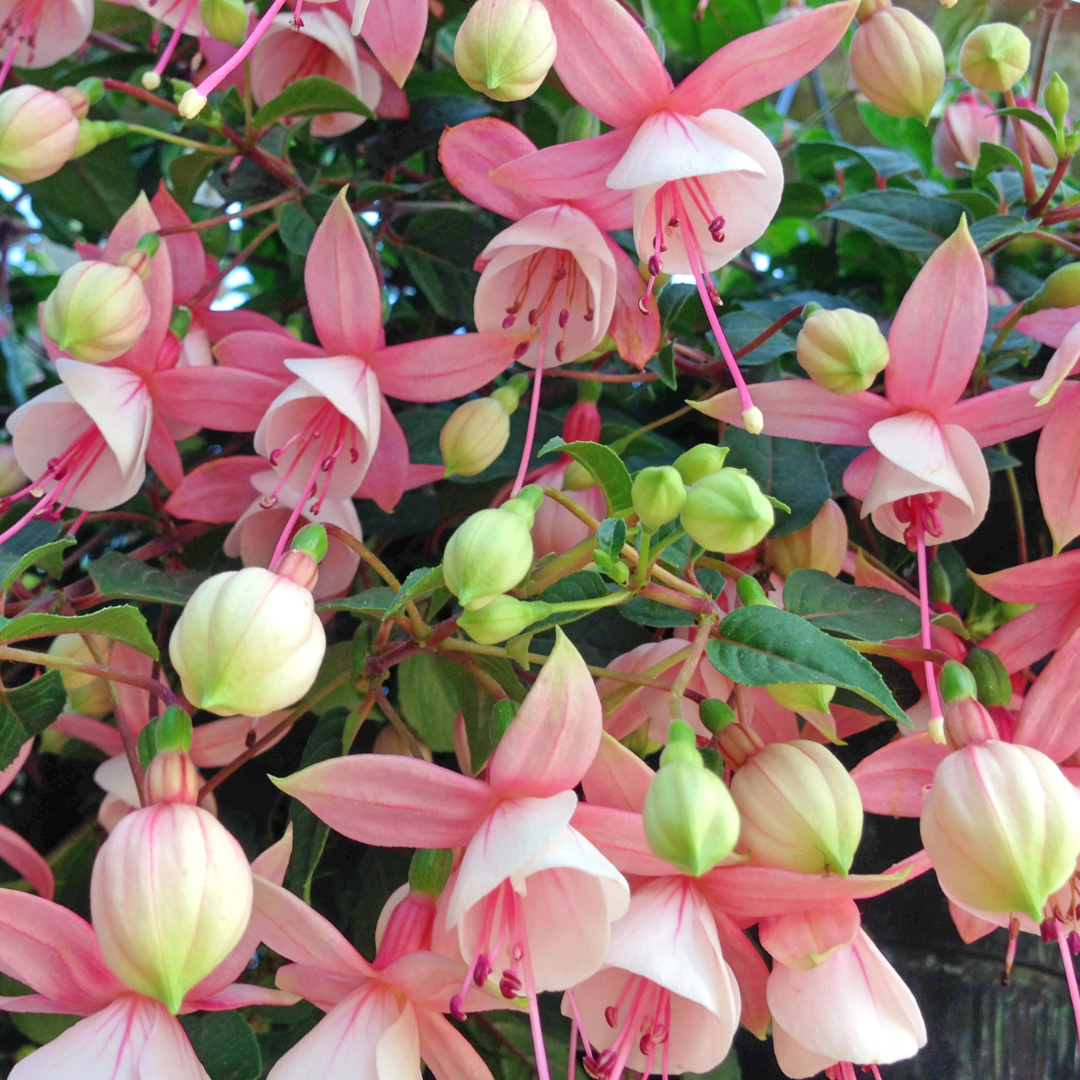
Conclusion
Fuchsia plants are bright, vivid blossoms that bring vitality and charm to any space. Feel free to message me if you face any problems growing fuchsia flowers in pots.
I trust you enjoyed this article on the 5 Easy Steps Of Growing Fuchsia Flowers In Pots. Please stay tuned for more blog posts to come shortly. Take care!
JeannetteZ
>>>Please click here to read my all-inclusive article about Container Gardening<<<
>>>Are you interested in homegrown herbs and medicine? Please click here to find out more about it!<<<
Your Opinion Is Important To Me
Thoughts? Ideas? Questions? I would love to hear from you. Please leave me your questions, experience, and remarks about this article on the 5 Easy Steps Of Growing Fuchsia Flowers In Pots in the comments section below. You can also reach me by email at Jeannette@Close-To-Nature.org.
Disclosure
This post may contain affiliate links. I earn from qualifying purchases as an Amazon Associate and other affiliate programs. Read my full affiliate disclosure.
You might also enjoy these blog posts:
Best Ways To Get Nature Therapy
9 Top Relaxing Nature Places In The World
Top 8 Common Steps Of Growing Geraniums
5 Quick Tips For Growing Coconut Trees

